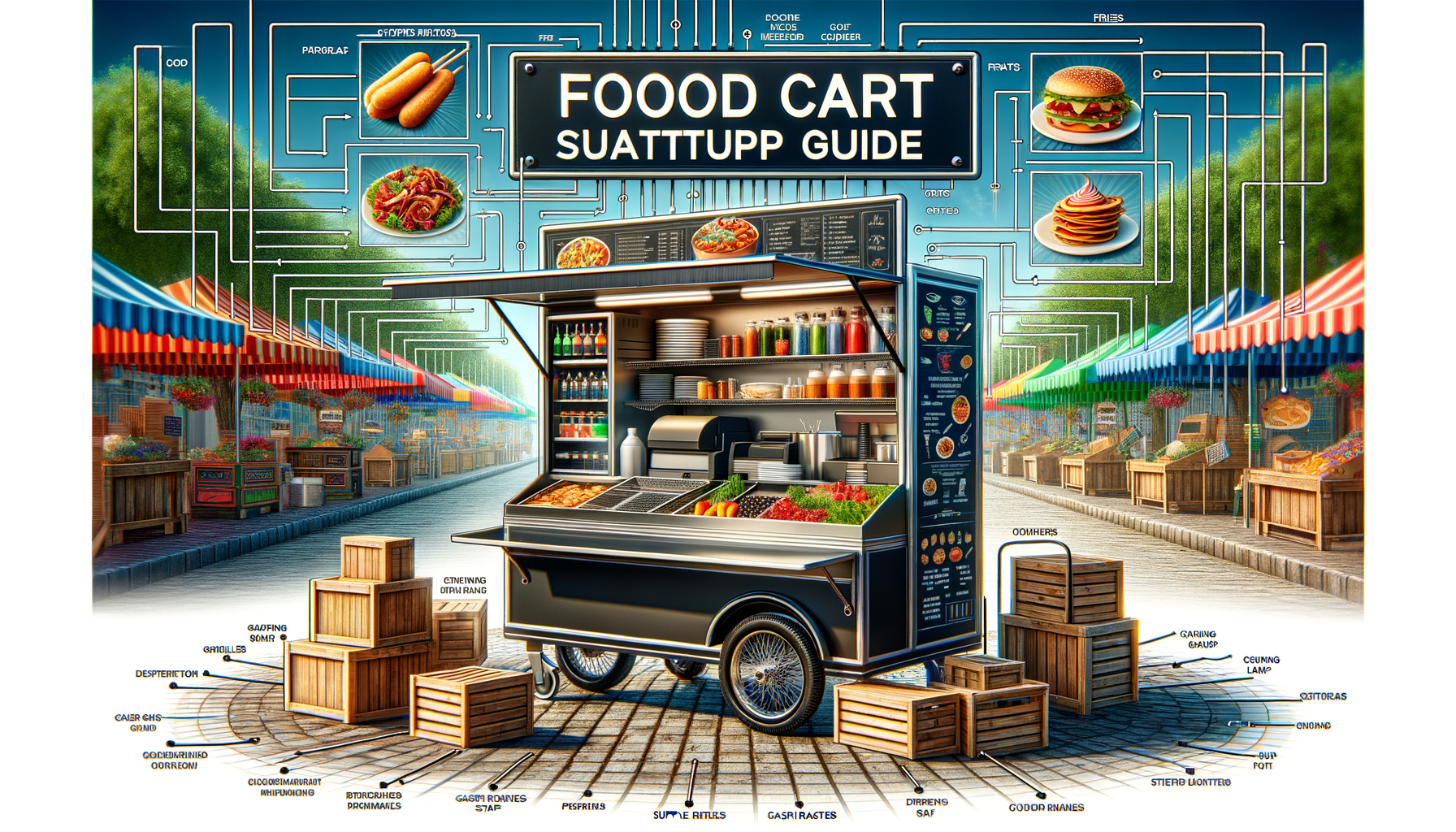
Your Guide to Starting a Food Cart Business
Introduction to Food Carts
The food cart industry has grown tremendously over the past decade, offering an accessible way for budding entrepreneurs to enter the food business. Unlike traditional restaurants, food carts require lower initial investments, making them an attractive option for those looking to start small. These mobile units can be found in bustling city streets, at festivals, or near office complexes, serving a variety of cuisines that cater to diverse tastes.
Food carts provide a unique opportunity to test new culinary concepts without the risk associated with opening a full-scale restaurant. The flexibility of location allows vendors to move to where the demand is, whether it’s a lunchtime crowd in a business district or a late-night audience outside a concert venue. This adaptability is one of the key reasons why food carts are thriving in today’s dynamic food industry.
Moreover, food carts foster a direct connection with customers. The face-to-face interactions allow vendors to receive immediate feedback, enabling them to tweak their offerings and improve customer satisfaction. This direct engagement often leads to a loyal customer base, which is essential for long-term success.
Setting Up Your Food Cart
Starting a food cart business involves several critical steps, beginning with the selection of a suitable cart. The type of cart you choose will depend on your menu and operational needs. Some carts are designed for specific types of food, such as ice cream or hot dogs, while others are more versatile, allowing for a broader range of offerings.
Once you have selected your cart, the next step is to comply with local regulations. Licensing and health permits are mandatory in most areas, and it’s crucial to understand these requirements to avoid legal issues. Additionally, you may need to consider insurance to protect your business from unforeseen circumstances.
Equipping your cart with the necessary kitchen tools and storage solutions is another essential aspect. Depending on your menu, you might need a grill, fryer, or refrigeration unit. Efficient space management is vital, as food carts have limited space, and every inch must be utilized effectively.
Finally, branding your cart is important to stand out in a competitive market. A catchy name, appealing design, and a memorable logo can attract customers and create a lasting impression.
Choosing the Right Location
The success of a food cart heavily depends on its location. High foot traffic areas, such as near office buildings, parks, or tourist attractions, are ideal spots. However, these locations often come with competition, so it’s essential to find a unique selling point that differentiates your offerings from others.
Consider the demographics of the area to ensure your menu aligns with the tastes and preferences of potential customers. For instance, a vegan food cart might thrive in a health-conscious community, while a cart serving late-night snacks could do well near nightlife venues.
It’s also important to understand the local regulations regarding street vending. Some cities have designated areas where food carts are allowed, while others may require permits for specific locations. Researching these rules beforehand can save you from potential fines or relocations.
Lastly, flexibility is key. Being able to relocate to different areas based on events or seasonal changes can maximize your sales and exposure.
Crafting a Winning Menu
Your menu is the heart of your food cart business. It should be concise yet diverse enough to attract a wide range of customers. Focus on a few signature dishes that you can prepare efficiently and consistently, ensuring high quality and quick service.
Incorporate seasonal ingredients to keep the menu fresh and appealing. This not only enhances the flavor of your dishes but also helps in managing costs, as seasonal produce is often cheaper and more abundant.
Consider offering a mix of classic favorites and innovative dishes. While familiar options can draw in hesitant customers, unique creations can set your cart apart and create buzz. Don’t forget to cater to dietary preferences and restrictions, such as vegetarian, vegan, or gluten-free options, to expand your customer base.
Pricing is another critical factor. It should reflect the quality of your food while remaining competitive with other vendors. Offering combo deals or loyalty discounts can also encourage repeat business.
Marketing Your Food Cart
Effective marketing is essential to attract and retain customers for your food cart. Social media platforms are powerful tools for reaching a broad audience. Regularly post updates about your location, menu specials, and behind-the-scenes content to engage followers and build a community around your brand.
Participating in local events and festivals can also boost your visibility. These gatherings attract large crowds interested in trying new foods, providing an excellent opportunity to showcase your offerings.
Word of mouth remains one of the most effective forms of marketing. Encourage satisfied customers to leave reviews online or recommend your cart to friends. Offering incentives, such as a discount for referrals, can motivate customers to spread the word.
Collaborating with other local businesses can also be beneficial. Cross-promotions with nearby shops or co-hosting events can introduce your food cart to new audiences and create mutually beneficial relationships.


